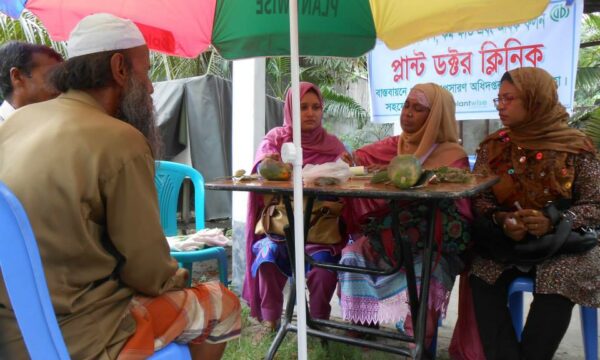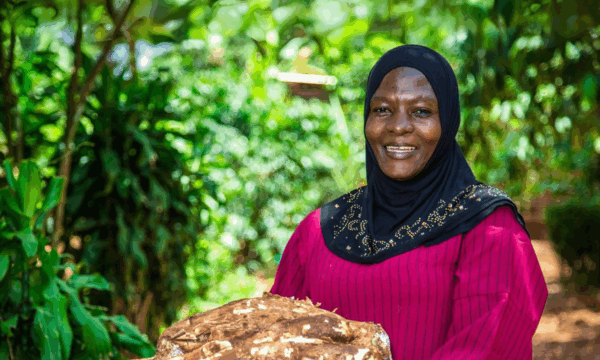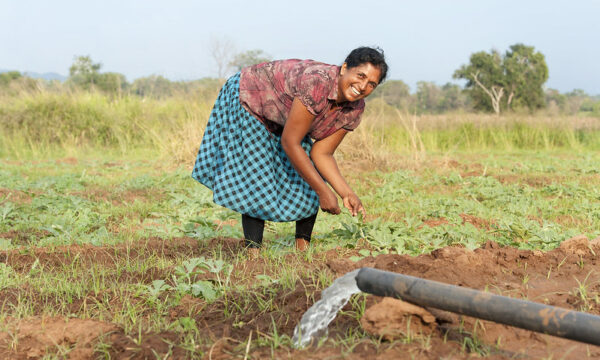In Sri Lanka many plant clinics are running to provide free advice to farmers. One such plant clinic at Mallavi vegetable market, received a desperate farmer with an unknown problem in his brinjal crop in the beginning of May 2013. He was fed up of using different pesticides suggested by the local agro-chemical dealer and spending lots of money for nothing so wanted to quit brinjal farming. Find out how the plant clinic team helped him and saved his crop by reading the full case study at http://www.plantwise.org/default.aspx?site=234&page=4321
2 Comments
Leave a Reply
Related News & Blogs
Training Sri Lanka’s agro-dealers in pesticide risk reduction
Agro-dealers provide vital support to Sri Lanka’s farmers. These agricultural input suppliers are often the first point of contact for smallholders who need advice on plant protection products. However, agro-dealers often lack formal training in safer…
3 July 2025






I have grown some of brinjal plant and age is 5-6 weeks and also 1′ 6″ height. There are some desease appearing from some plants. It can be seen as the top end falling down and stop the the growing. I applied some insecticide and also some of Carbofuran also to the roots finally. But itn is not stop yet. The growing level is better of those plants and the blossom season also has been started now. But the desease also going on. What to do to protect my brinjals?
Hi Camilla there can be many reason for the symptoms you describe over here. A photograph of the disease plant can explain more clearly- but if the apical part of the growing shoot look tipped off – general reason can be the Brinjal fruit and shoot borer. The moth lays egg on the tip of the shoot and the larvae that hatches out start feeding on the tender shoot- It is not visible as it is inside- hence the growth of such plant is impeded. Application of carbofuran at root zone may kill the pupae of this moth which are sometimes in the fruit but also falls on ground. But chemicals are not the only solution as these pest also pupates inside the fruit and other part of the plant. General recommendation would be to approach any AI of your region who holds plant clinics regularly- they can identify the real cause or visit our knowledgebank https://www.plantwise.org/knowledgebank/ and use section diagonost the pest problem